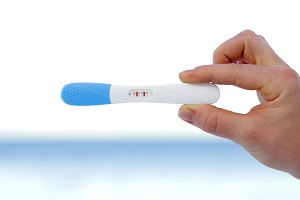Columbia University's Dr. Kimberly Noble team studied the effects of poverty on immature brains. He has thus felt that growing in a poor environment can actually affect the way the brain develops. We talk of poverty in itself, not of nutrition, of the language used in the social context, of family stability. Pure and simple indigence.
In the early 2000s, Kimberly Noble and Martha Farah noted that poor children tend to have worst academic outcomes. They then started looking for the neurocognitive causes behind the phenomenon, in order to demonstrate a possible correlation between socioeconomic status and academic performance. It was the first time someone had the problem.
In 2005 Noble and Farah recruited 60 children from Philadelphia's public schools. They give them a series of cognitive tests, each connected to a specific brain circuit. The results of lower-grade children were worse than those of upper class children. Next magnetic resonances also revealed that certain areas of the brain were less developed.
In 2015, a new Noble study, conducted on 1,099 children and teens, confirmed what was discovered in 2005. The scientist is now organizing a new study, which will last for 5 years and will involve more than 1,000 poor families. Half of them will receive $ 4000 dollars a year, the other half will receive only $ 240. If the above findings were true, the study should record significant differences between the children in the first and second groups.
The discovery has very important political implications. If there was really a correlation between poverty and neurocognitive development, it would be even more important for politicians to ensure a minimum level of assistance for the indigent families. It should not only affect the dignity of the individual adult individual, but also the future of those who are still children.
Source: theguardian.com
Add a comment





